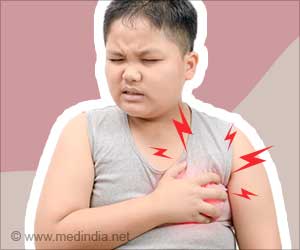How best to care for adolescents who have depression? A trial found collaborative care intervention in a primary care setting was better than the usual care in helping teens overcome depression.

Depression is common in adolescents: Up to one in five have major depression by age 18. Depressed youth are at greater risk of suicide, substance abuse, early pregnancy, dropping out of school, recurrent depression, and poor long-term health.
"Proven treatments are available, including medications and psychotherapy," said Laura P. Richardson, MD, MPH, an investigator at Seattle Children's Research Institute Center for Child Health, Development, and Behavior, a professor of pediatrics at the University of Washington (UW) School of Medicine, and an affiliate investigator at Group Health Research Institute. "But most American teens with depression don't get any treatment for it. We want to change that."
The joint Seattle Children's–Group Health–UW study was called Reaching Out to Adolescents in Distress (ROAD). In the study, 101 teens age 13-17 who were depressed on screening at nine Group Health Medical Centers in Washington state were randomly assigned to receive either collaborative care or the care that they would usually receive. With usual care, teens received their depression screening results and could get mental health services at Group Health.
In the collaborative care intervention, a depression care manager was based in the primary care doctor's practice. The care manager educated and helped each teen and their parents make individual decisions about treatment. Then the care manager either provided brief cognitive behavioral therapy sessions or worked with the teen's doctor to choose and initiate an antidepressant medication.
"For adolescents, as for adults, depression can make it difficult to seek help and follow through," Dr. Richardson said. "That's why it's so important that the care manager reached out to the teens regularly to see whether they were improving—and met weekly with a mental health specialist supervisor to review how the patients were responding to care." For youth whose depression didn't respond to the initial treatment, the care manager stepped up the treatment, following a proven protocol.
Advertisement
"The body and mind are intimately connected," Dr. Richardson added. "So it makes good sense to organize treatment for depression in this way, integrating care for mental and physical health within primary care."
Next, the research team will work to develop strategies to support clinics that are interested in implementing this model in practice.
Source-Eurekalert















